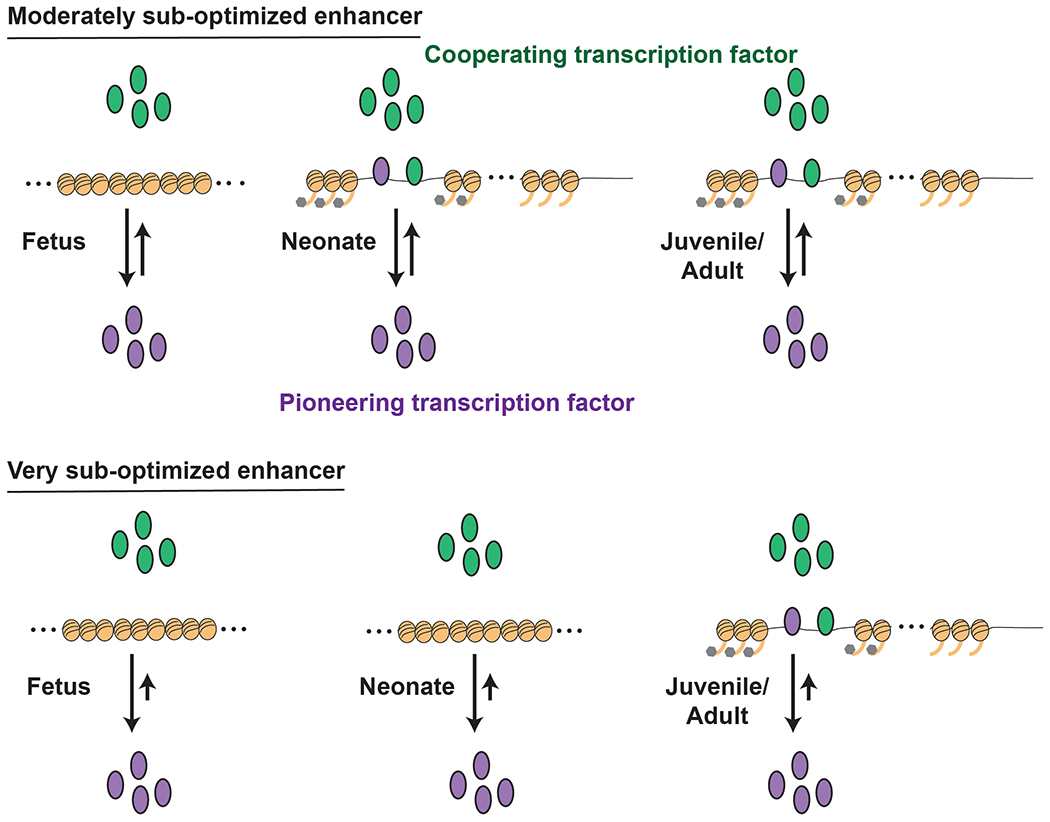Figure 2. Enhancer sub-optimization can delay heterochronic gene expression after birth.

This schematic outlines a proposed explanation for the uncoordinated changes in adult identity gene expression observed in neonatal HSCs and HPCs. Pioneering transcription factors are present at similar levels throughout late fetal, neonatal and juvenile stages of development. These may include transcription factors associated with the type I IFN response. Interactions between each pioneering transcription factor and its enhancer are stochastic and shaped by the degree to which each enhancer is optimized or sub-optimized. Enhancers with moderately avid binding sites will, on average, bind the transcription factor at an earlier age than those with very low affinity sites. Once bound, the pioneering factor recruits co-factors and remodels nearby chromatin to stabilize gene expression and keep the arrow of developmental time moving forward.
